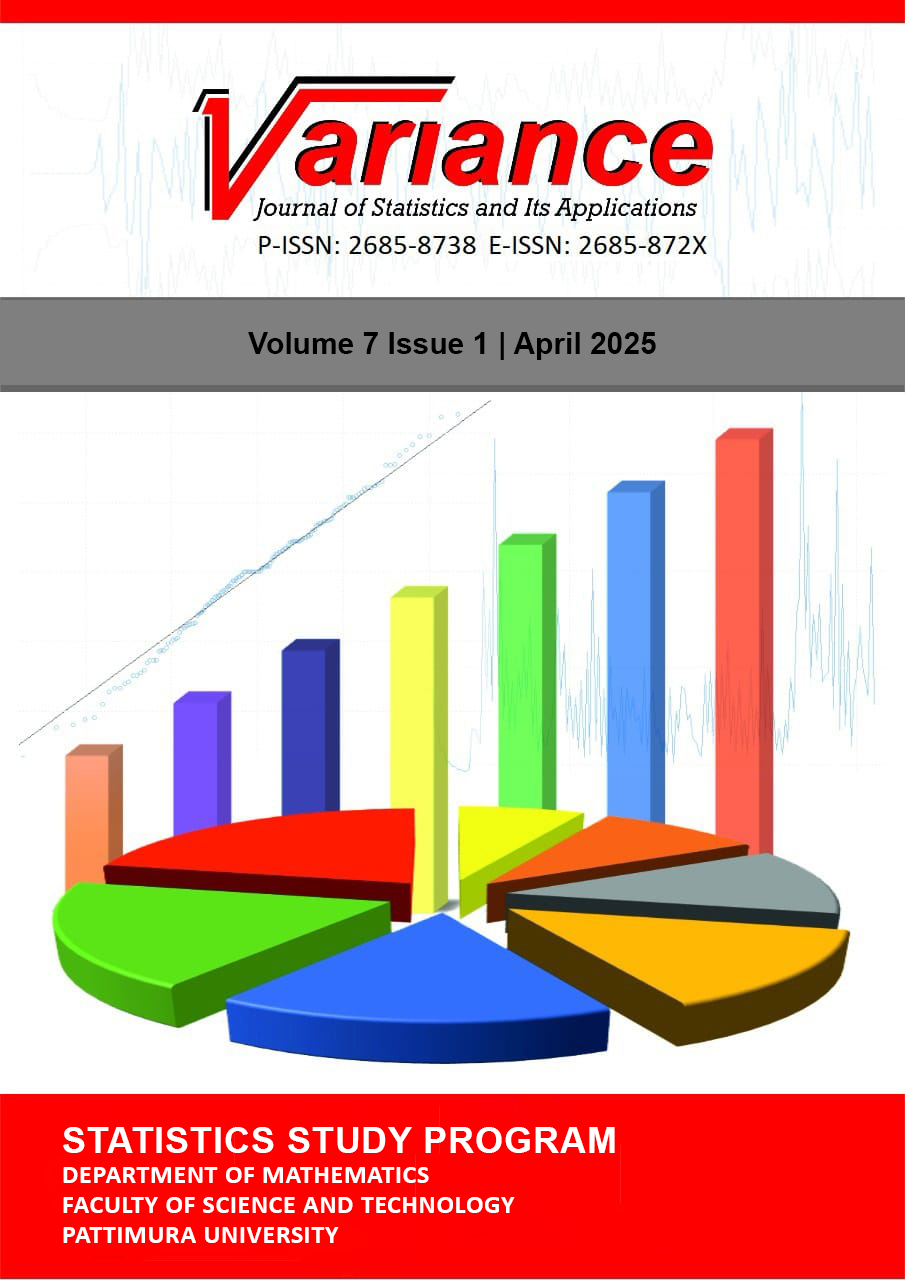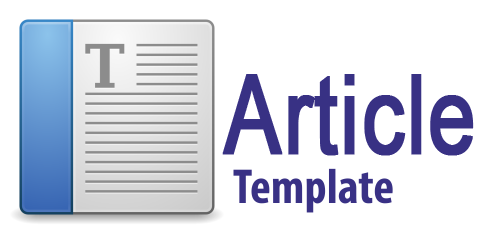CLUSTERING OF DISTRICTS IN CENTRAL JAVA ACCORDING TO PEOPLE'S WELFARE INDICATORS USING WARD'S METHOD
Abstract
One of the main goals of development activities carried out by every country was to improve people's welfare. Community welfare was a situation where citizens could fulfill and adequately fulfill their material and spiritual needs. The poverty rate of Central Java Province was recorded: out of a total population of 37.03 million people, around 3,831.44 thousand people were poor. The population density of Central Java Province reaches 1,120 people per km2, the third largest number of poor people in Indonesia. This study aimed to group regencies/cities in Central Java based on the characteristics of the community welfare indicators. The indicators used in this study were the Open Unemployment Rate (UR), Labor Force Participation Rate (LFPR), Poverty, Human Development Index (HDI), and District Minimum Wage (DMW). The method used in this research was Ward's Agglomerative Hierarchical Clustering. The final results concluded that the best number of clusters formed was 6 clusters. The first cluster consists of 13 Regencies/Cities, the second cluster consists of 8 Regencies/Cities, the third cluster consists of 3 Regencies/Cities, the fourth cluster consists of 1 Regency/City, the fifth cluster consists of 5 Regencies/Cities, the sixth cluster consisting of 5 Regencies/Cities.
Downloads
Copyright (c) 2025 VARIANCE: Journal of Statistics and Its Applications

This work is licensed under a Creative Commons Attribution-NonCommercial-ShareAlike 4.0 International License.



 Editorial Team
Editorial Team
 Peer Review Process
Peer Review Process Focus & Scope
Focus & Scope Open Acces Policy
Open Acces Policy Privacy Statement
Privacy Statement Author Guidelines
Author Guidelines Publication Ethics
Publication Ethics Publication Fees
Publication Fees Copyrigth Notice
Copyrigth Notice Plagiarism Screening
Plagiarism Screening Digital Archiving
Digital Archiving





